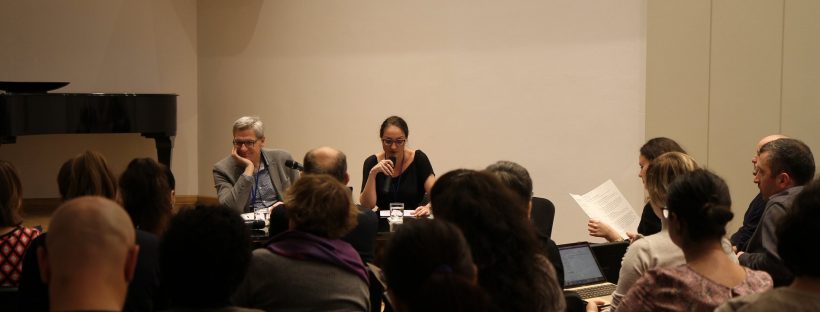The is titled ‘St Anne, Mary, and Christ’s Body: Anna Selbdritt in 14th- and 15th-Century Wall Paintings in the Kingdom of Hungary’
Click this link to see the schedule and for full registration info.
Abstract:
This paper will concentrate on 14th and 15th centuries mural representations of Anna Selbdritt in the former Hungarian Kingdom. While academic literature mostly examined painted panels, manuscripts and sculptures, wall paintings received less attention. The ten murals from the territories that were part of the Kingdom of Hungary were created in the 14th and first half of the 15th centuries, so prior to the peak of devotion to St. Anne, that can be roughly established in the second half of the 15th century. It is frequently considered that the debates regarding the Immaculate Conception and the interest in genealogical filiations were major theological and social aspects of the Late Middle Ages that had an impact upon the development and spread of Anna Selbdritt and Holy Kinship iconography. However, I argue that, in the case of the Hungarian Kingdom, the interest in St. Anne’s figure, alongside Mary and Christ, was not fostered by the presence of Franciscans or other religious orders that held the Immaculatist view, as has been previously asserted. I believe that at the core of this iconography was the figure of Mary and her role, visual and theological, in Eucharistic devotion as a means of personal redemption. The wider iconographic context in which the Anna Selbdritt theme was included, alongside scenes like The Last Judgment and motifs like the Pietà and The Discovery of the True Cross can be interpreted as visual enhancement of Christ’s fleshly presence in the sacral space and demonstrate the murals Eucharistic and salvific functions.
 Art Historiographies in Central and Eastern Europe
Art Historiographies in Central and Eastern Europe 